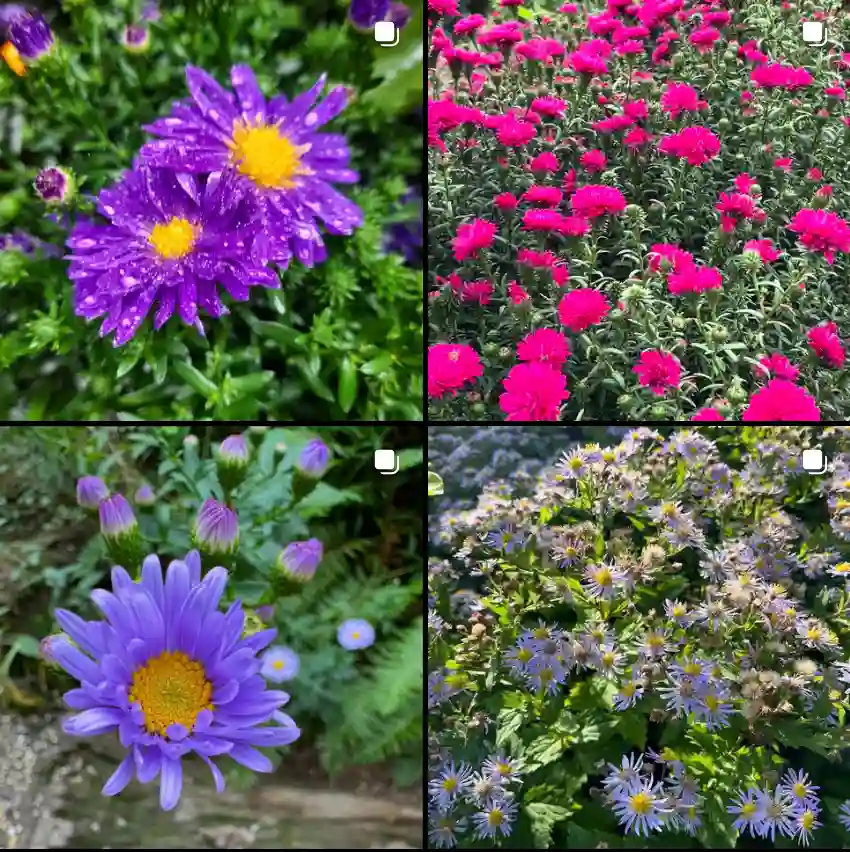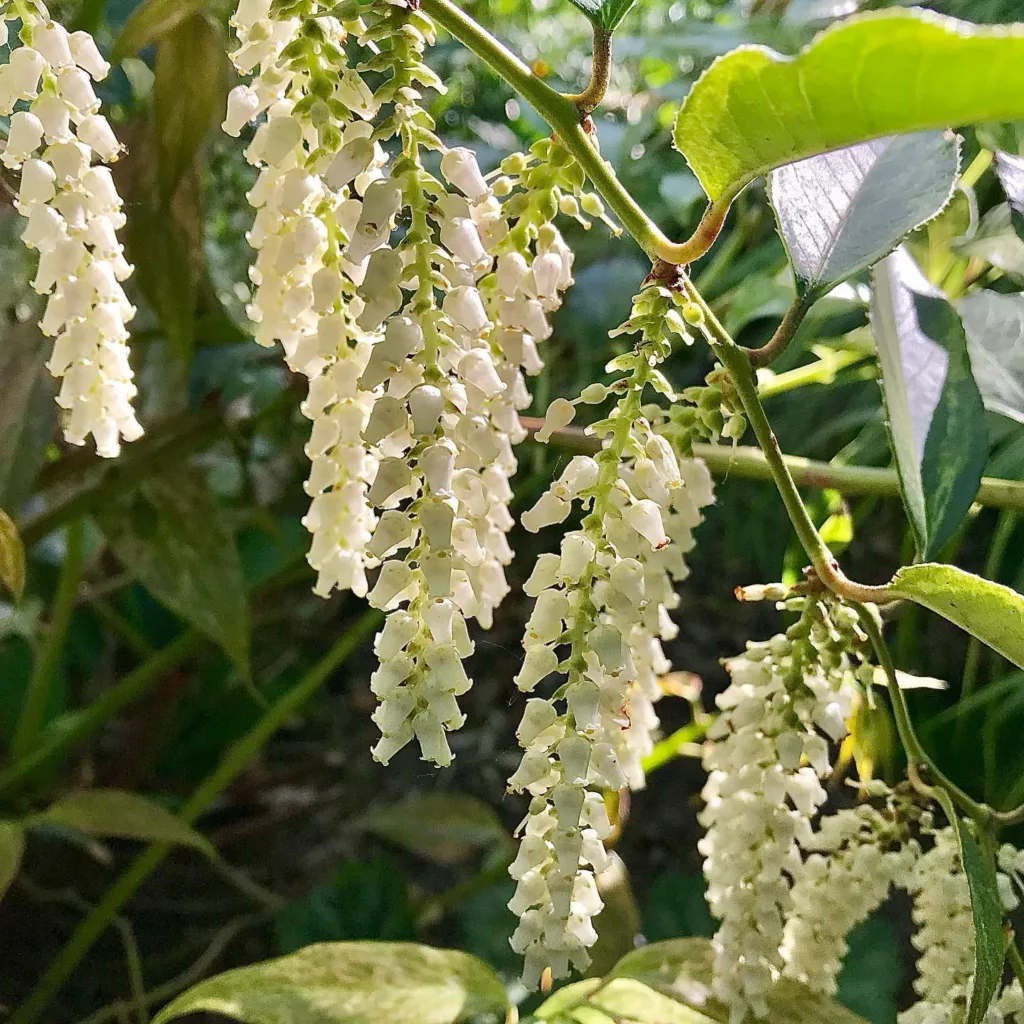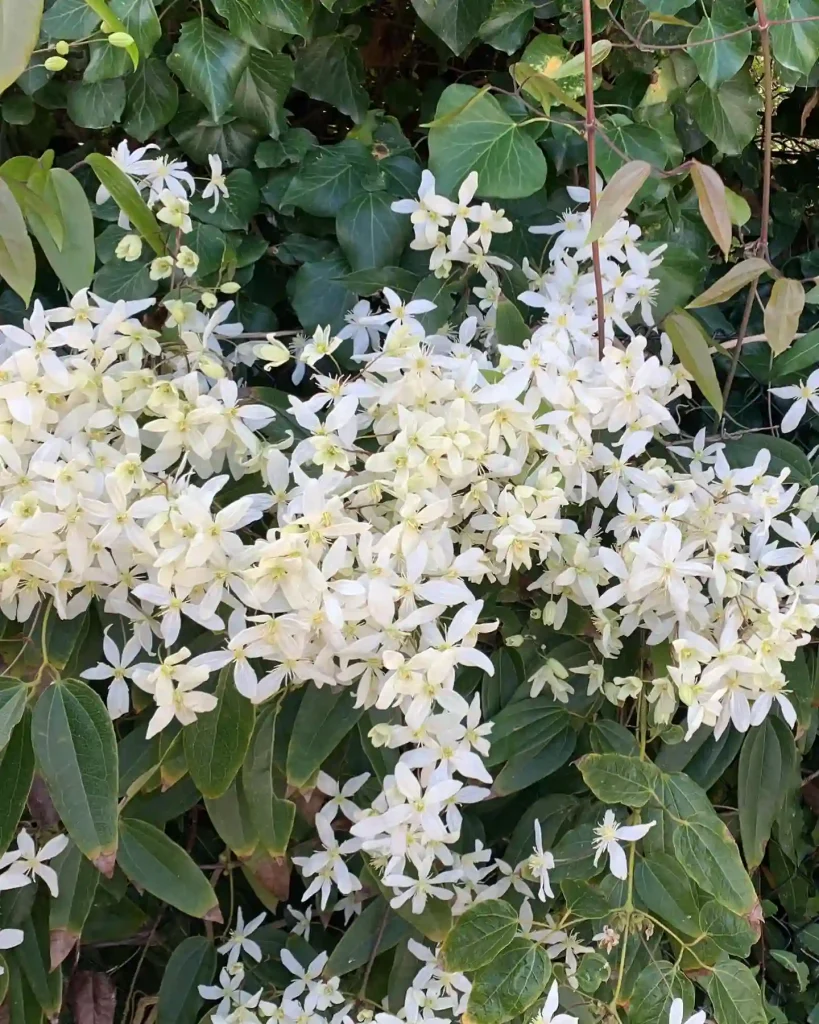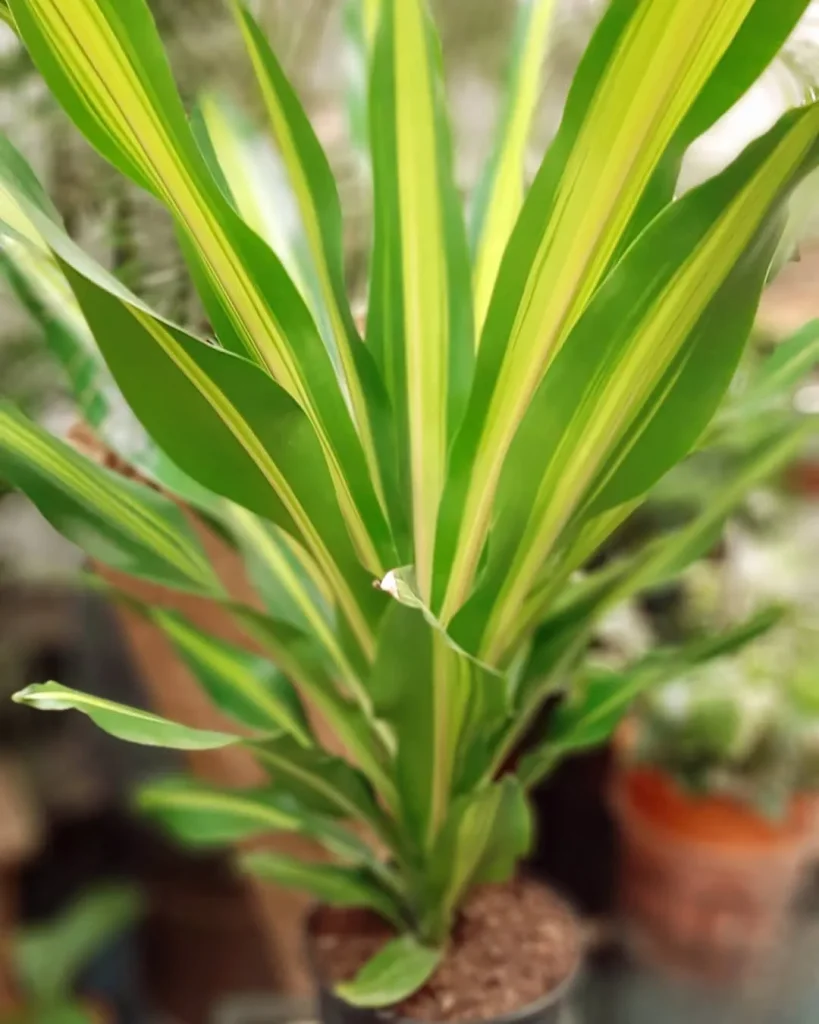Tillandsia Lindenii: The Pink Quill That Packs a Punch
Hi everyone, Ferb Vu here. Today, we’re diving into the fascinating world of Tillandsia Lindenii, also known as the Pink Quill Plant. This air plant isn’t your average houseplant. With its unique needs and stunning blooms, it’s a conversation starter for any room.
690 Species in Genus Tillandsia – Air Plants
What is Tillandsia Lindenii?
Tillandsia Lindenii belongs to the Bromeliad family, the same group that includes pineapples. Unlike its prickly cousin, however, Tillandsia Lindenii is an epiphyte. That means it grows on other plants or objects, using them for support rather than nutrients.
This air plant is native to the rainforests of Ecuador and Peru. In the wild, it clings to tree branches and rocks, absorbing moisture and nutrients from the air. Its slender, green leaves form a rosette, and during the winter and spring, it produces a spectacular flower spike. The vibrant purple blooms, which resemble a quill pen, are what truly make this plant stand out.
Key Facts:
- Size: Grows to about 8 inches tall
- Light: Needs bright, indirect sunlight
- Watering: Prefers soaking over frequent watering
- Temperature: Thrives in warm temperatures (65-80°F)
- Bloom: Produces purple flowers in winter and spring
Tillandsia Lindenii vs. Other Air Plants
While Tillandsia Lindenii is a superstar, there are many other air plants to explore. Here’s a quick comparison with two popular choices:
- Tillandsia Ionantha: This “Air Plant Classic” is known for its spiky, silver leaves. It requires less watering than Tillandsia Lindenii and thrives in brighter light.
- Tillandsia Xerographica: Nicknamed the “Ball Moss,” this air plant forms a round, gray clump. It’s incredibly drought-tolerant and a good choice for beginners.
Ultimately, the best air plant for you depends on your preference for light, watering needs, and desired look.
How to care for Tillandsia Lindenii?
Taking care of Tillandsia Lindenii is easier than you might think. Here are the essentials:
- Light: Provide bright, indirect sunlight for at least 4-6 hours a day. South-facing windows are ideal in the Northern Hemisphere, while North-facing windows work best in the Southern Hemisphere. Avoid direct sunlight, which can scorch the leaves.
- Watering: Soak your Tillandsia Lindenii for 30 minutes once or twice a week, depending on your climate. Allow it to dry completely between soakings. You can also mist the plant lightly in between soaks, especially in dry environments.
- Temperature: Aim for warm temperatures between 65-80°F. Tillandsia Lindenii can tolerate cooler temperatures down to 50°F, but avoid freezing conditions.
- Fertilizing: You can fertilize your Tillandsia Lindenii once a month during the growing season with a diluted orchid fertilizer. However, it’s not essential and most plants thrive without it.
- Air Circulation: Good air circulation is essential for preventing rot. Avoid placing your Tillandsia Lindenii in a closed terrarium.
Bonus Tip: Tillandsia Lindenii benefits from occasional baths. Fill a container with lukewarm water and submerge the plant entirely for 10 minutes. This helps remove dust and debris that can hinder nutrient absorption.
Common Problems with Tillandsia Lindenii
Even with the best care, problems can arise. Here are a few common issues and how to address them:
- Brown Leaves: This can be caused by underwatering, overwatering, or too much direct sunlight. Check your watering schedule and adjust as needed. Move the plant to a location with brighter indirect light.
- Mealybugs: These tiny white insects suck the sap from your plant. You can remove them with a cotton swab dipped in rubbing alcohol.
- Scale: These hard-shelled insects also feed on plant sap. Apply neem oil solution to control them.
Prevention is key. Regularly inspect your Tillandsia Lindenii for signs of pests or disease. Early intervention is always easier than dealing with a full-blown infestation.
Tillandsia Lindenii: A Showstopper for Any Home
With its unique form, vibrant blooms, and minimal needs, Tillandsia Lindenii is a captivating addition to any indoor space. Whether displayed on a shelf, mounted on a piece of driftwood, or nestled in a terrarium (with proper air circulation), this air plant is sure to turn heads.
If i die, water my plants!



